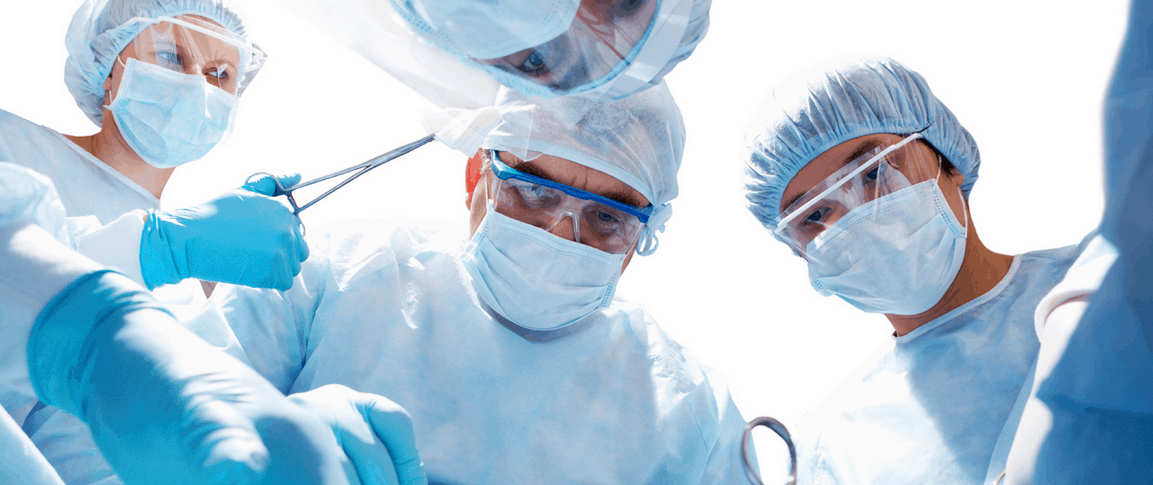Ejaculatory duct obstruction is one of the rare causes of chronic prostatitis/chronic pelvic pain syndrome (CP/CPPS). Ejaculatory duct obstruction can be congenital (usually associated with congenital blockages, cysts, or cystic fibrosis gene mutations) or acquired through inflammation associated with stones, diseases and other medical conditions. One of the risk factors is urinary tract infection. An obstruction of the ejaculatory duct can also lead to other problems such as urethritis, low semen, low sperm count, infertility, and post-ejaculatory pain.
This condition involves the obstruction of either one or both of the ejaculatory ducts. The ejaculatory ducts are two tubules that begin near the vas deferens, travel through the prostate, and empty in to the prostatic urethra. The obstruction causes most of the semen from being ejaculated. As a result, the low semen volume and low to no sperm count can lead to male infertility. Symptoms include painful intercourse, pain, after ejaculation, and reduced semen volume.
Some experts have suggested that bacterial prostatitis may even be one of the causes of ejaculatory duct obstruction. Figuring out what came first, the chicken or the egg, is not necessarily important in deciding how to treat the conditions. The two conditions—prostatitis and a duct obstruction—can be related, and the best way to get relief from symptoms usually involves employing a multimodal approach that treats both conditions.
If you have chronic prostatitis symptoms such as pain associated with ejaculation, your doctor should look into ejaculatory duct obstruction during the diagnostic process. Even though ejaculatory duct obstruction is rare, it is correctable so it is worth considering so you can identify and treat it, especially if you wish to father children.
Symptoms of ejaculatory duct obstruction may be vague. Men may complain of discomfort in the area between the scrotum and anus. Men may notice that their ejaculate has a decrease in its projectile nature or has low to no volume. Men might learn that they have this when they get tested for infertility. It is usually corrected by a one-hour surgery. The surgery is a relatively invasive transurethral resection of the ejaculatory ducts (TURED). There are some potential complications so talk to you doctor about whether treatment is right for you. There are some experimental treatments as well.
For treating the prostatitis end of this combination, you can apply several different treatment approaches. If you have bacterial prostatitis, your doctor will prescribe antibiotics. For cases of nonbacterial prostatitis (CP/CPPS), there are several different natural and alternative therapies. Natural prostatitis treatments include supplements to support prostate health and reduce inflammation. You can make dietary changes and learn what foods to avoid to help reduce inflammation and optimize your prostate health.
You can try a number of alternative prostatitis treatments to relieve pain and other prostatitis symptoms (and to rehabilitate the pelvic floor). For pain, you can try taking sitz baths and doing acupuncture. Many men find that stress management techniques are helpful for reducing pelvic pain as well as doing exercises such as yoga and tai chi to relax their pelvic muscles. Make sure you talk to your doctor about the right therapies for your condition, especially since you may also be recovering from surgery for the ejaculatory duct obstruction. Be patient with treatment because it may take time to heal and let the inflammation die down before you start seeing changes.
